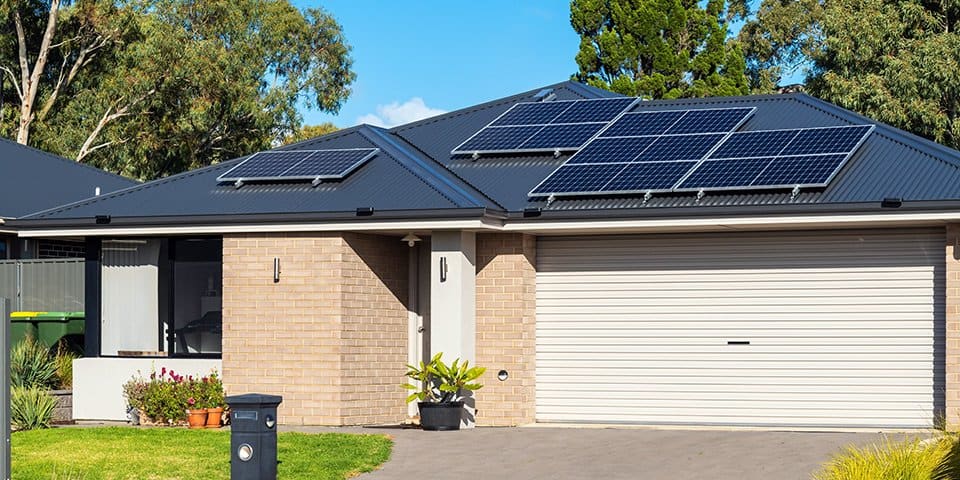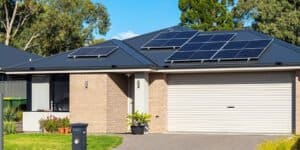Having solar panels installed means you can depend on the sun’s energy to power your home. It’s essential to ensure your solar panel placements are in the ideal location to make the most of going solar. Where you place your panels significantly impacts how much of the sun’s energy they can gather and convert to energy for your home. Keep the following in mind if you plan to switch to solar energy.
Direction
The direction your solar panels face is one of the most important factors that determines where they are installed. Keep in mind that the south-facing side of your home receives the highest and steadiest amount of sunlight throughout the day. Therefore, having solar panels facing south helps you maximize sunlight exposure. If this setup isn’t possible, placing solar panels facing west or east is optimal. These directions will still provide sunlight exposure, but it won’t be as much as south-facing solar panels. Likewise, you should avoid having solar panels placed on the north side of your home since this direction receives the most shade throughout the day.
Tilt Angle
Solar panels need to be at the correct tilt angle to have as much sunlight exposure as possible throughout the year. The ideal tilt angle for solar panels is equal to your location’s latitude, but angles that range from 30 to 45 degrees can work. Having a tilt angle lower than 30 degrees makes it harder for your solar panels to gather sunlight, resulting in lower energy production.
Roof Pitch
The pitch or slope of your roof is another factor that determines where your solar panels go and how they are installed. A roof pitch between 30 and 45 degrees often means that your solar panels can lie against your roof to get the most sunlight. A steeper slope can make it more challenging to achieve the best tilt angle for your solar panels. A roof with a low slope might need to have specialized racking included to position them at the correct tilt angle. Otherwise, your solar panels won’t be able to produce as much energy for your home. Flat roofs often have specialized racking systems that allow solar panels to be placed at optimal angles.
Shaded Areas
When placing solar panels, it’s important to avoid areas that receive a lot of shade, as shade reduces the amount of sunlight exposure your panels will have throughout the day. Solar panels should be placed in areas that are not shaded by trees, chimneys, or other structures, which helps ensure that your panels will gather plenty of sunlight.
Roof vs. Ground Mount Solar Panels
Solar panels are often installed on roofs, but ground mount solar panels are also available. Depending on how much space you have, ground mount panels can be placed next to your home or in your yard. However, keep in mind that placing ground mount panels can be more complex than roof solar panels. Roof solar panels are up higher, making it easier to avoid areas of shade and ensure that they’re at a good angle.
If you’re interested in switching to solar, please get in touch with South Plains Solar today. Our team can provide you with detailed information on our solar panel services, including installation and repairs, for customers in the Wichita Falls area.a



